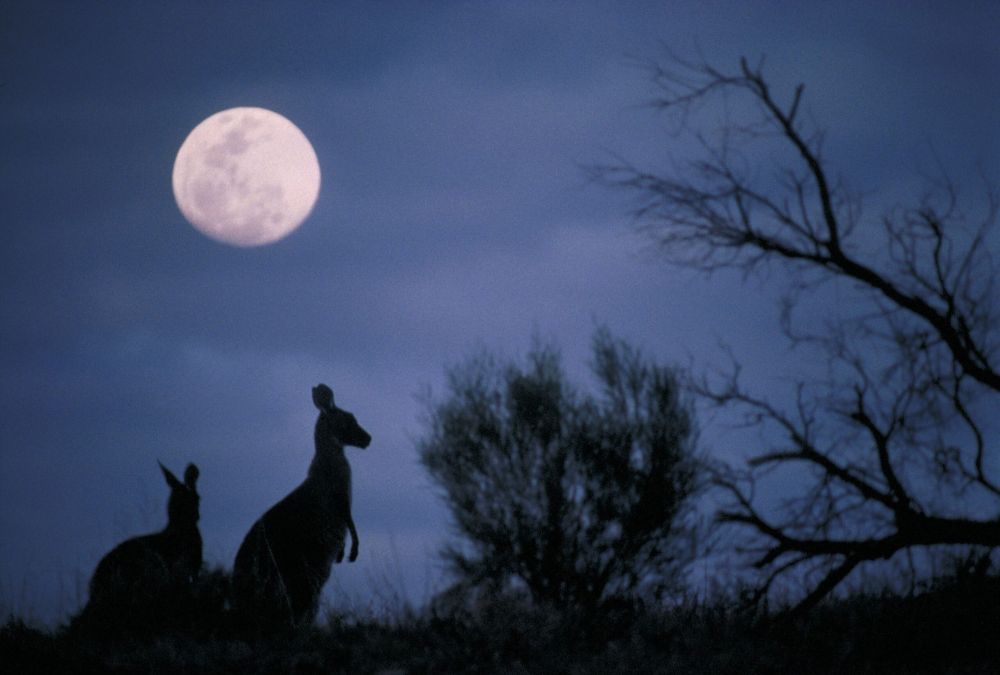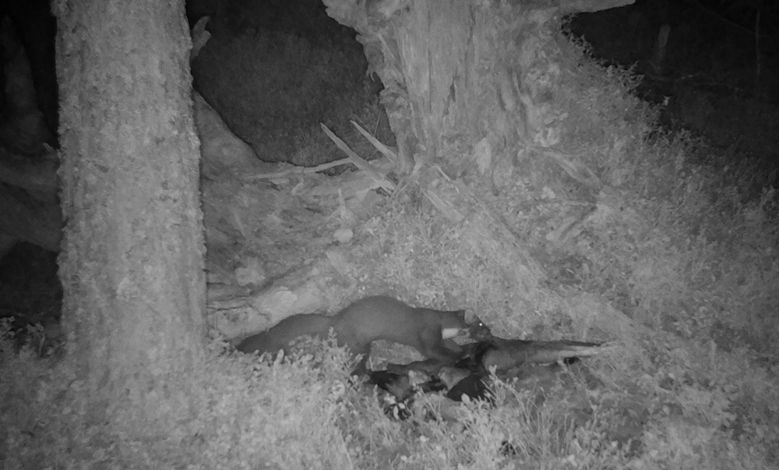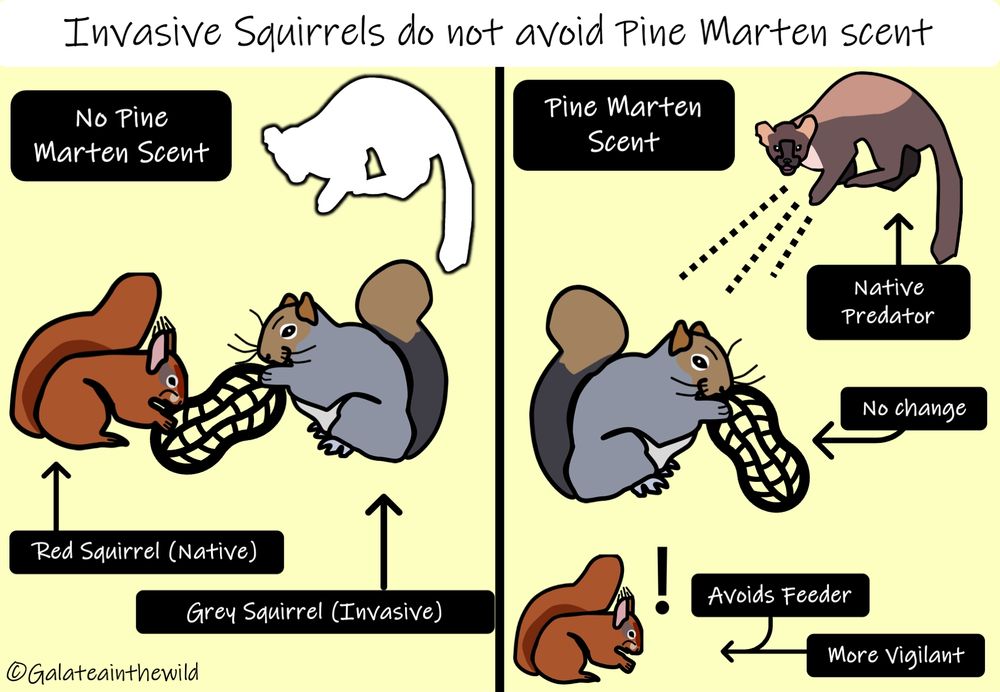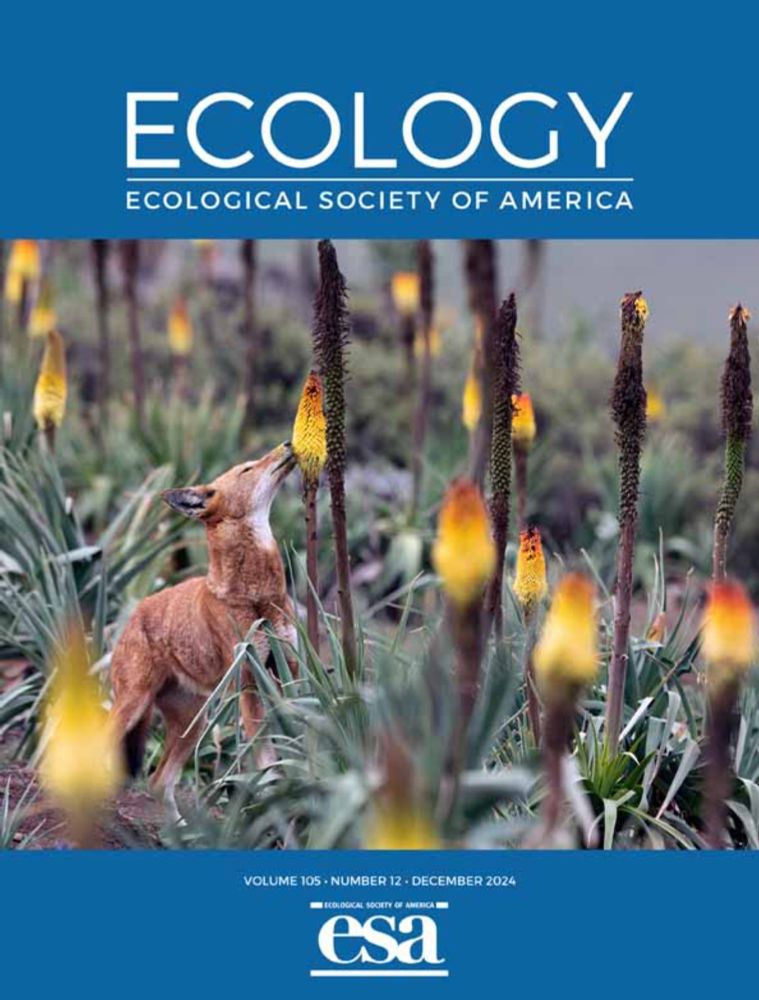Joshua Twining
@joshuaptwining.bsky.social
300 followers
130 following
31 posts
Wildlife Ecology | Conservation | Population Ecology | Assistant Professor at Oregon State University in Fisheries, Wildlife, and Conservation Sciences | Subject Matter Editor @ Ecology | Editor @ Mammal Communications
Posts
Media
Videos
Starter Packs
Reposted by Joshua Twining
Reposted by Joshua Twining
Reposted by Joshua Twining
Reposted by Joshua Twining





